
-
Apexlink
Real Estate
-
DLS
General Insurance
-
DMV
Government
-
Entiger
Fintech
-
GIS Mapping
Gas & Petroleum
-
HMS
Employee Benefit
-
HAWA
Government
-
Harley
Community
-
IHG
Hotel & Tourism
-
Sparkseeker
Humane Tech
-
Track Ninja
Sports
-
Response Vision
Disaster Management
- Artificial Intelligence
- Application Services
- Automation Services
- Cyber Security
- Chatbot Experts
- Data Analysis
- Data Warehouse Services
- Machine Learning
- Digital Commerce Services
- Digital Transformation
- Infrastructure Service
- IT Support
- IT Consulting
- IT Outsourcing
- IOS Development
- Android Development
-
Cross Platform Development
-
Gaming App Development
We live in a digital world where more than 3.2 billion people are smartphone owners and rely on mobile devices or mobile applications to carry out regular tasks- from setting a simple office reminder to paying bills or booking flight tickets, our lives are dependent on the small screen of the mobile devices and mobile dashboard.
Desktop and PCs have become obsolete overnight and we no longer prefer using a desktop because smartphones are portable and offer an outstanding user experience, unlike the desktop view. Moreover, owning a smartphone is no more a luxury, rather it has become a necessity to carry out daily operations in a hassle-free manner.
In the recent hyperconnected era, we can now connect, interact, campaign globally in a matter of seconds- all credit goes to smartphone evolution that has led to this seismic shift. And when we talk about analyzing valuable business insights, there is one term that has presented more flexibility and gets things done in real-time, and that is- MOBILE DASHBOARD.
Well, in this post, we are going to dive deeper into the concept of ‘mobile dashboard’ and get an idea of how it has bought a revolution amongst the business leaders.
After all, the mobile business dashboards mhas become a term that can be heard everywhere. Why not get a closer idea of this approach?
Let’s begin with what is the actual meaning of the mobile dashboard!
What Exactly a Mobile Dashboard is?
A mobile dashboard can be referred to as a data analytics tool that enables us to track the useful Dashboards display KPIs (Key Performance Indicators) and present them visually over a mobile device.
It is basically a form of an interactive console that uses configurable elements including- search results, matrixes, filters, charts, etc to compile it into data that seems relevant to the customers. As it enables customers by giving access to business-critical information gathered from multiple sources, it results in a better decision-making process.
How Mobile Dashboard Sets Apart From the Ordinary Business Dashboards?
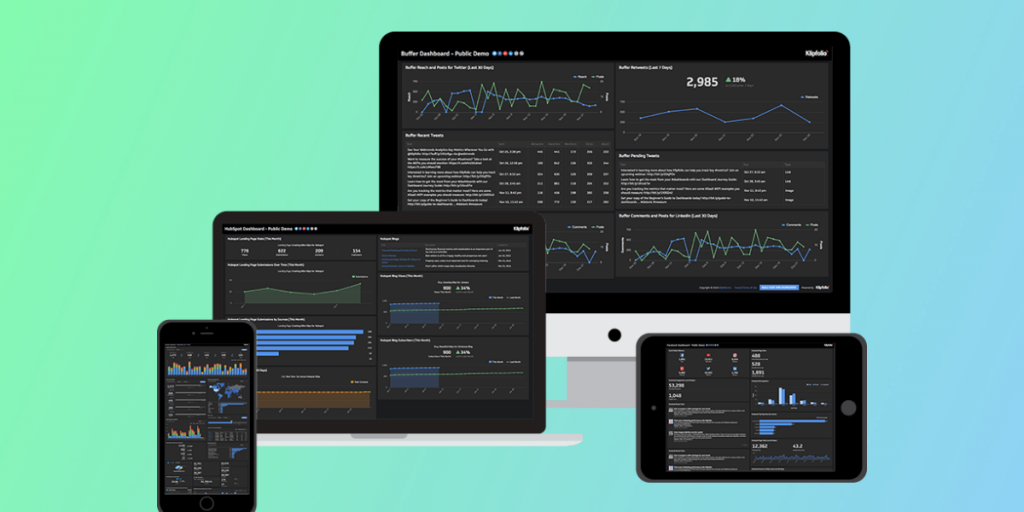
As compared to business dashboards, a mobile dashboard is quite similar to a business dashboard with a difference of few components. A business dashboard comprises components including- data sources, data visualizations, filters, KPIs, and navigation menu.
And when we talk about a mobile dashboard, the major thing that sets it apart from a business dashboard is- a mobile dashboard is designed with mobile users in mind. With a mobile dashboard, it is made sure that it's highly compatible with all sorts of mobile devices- from a mobile, tablet, to a laptop.
As a mobile dashboard design offers real-time information to the customers, it helps them take relevant actions on time. For this reason, a business intelligence tool needs to update the data timely so as to offer real-time information on the customer’s end on time.
Why Do Business Leaders Count on Mobile Dashboard?
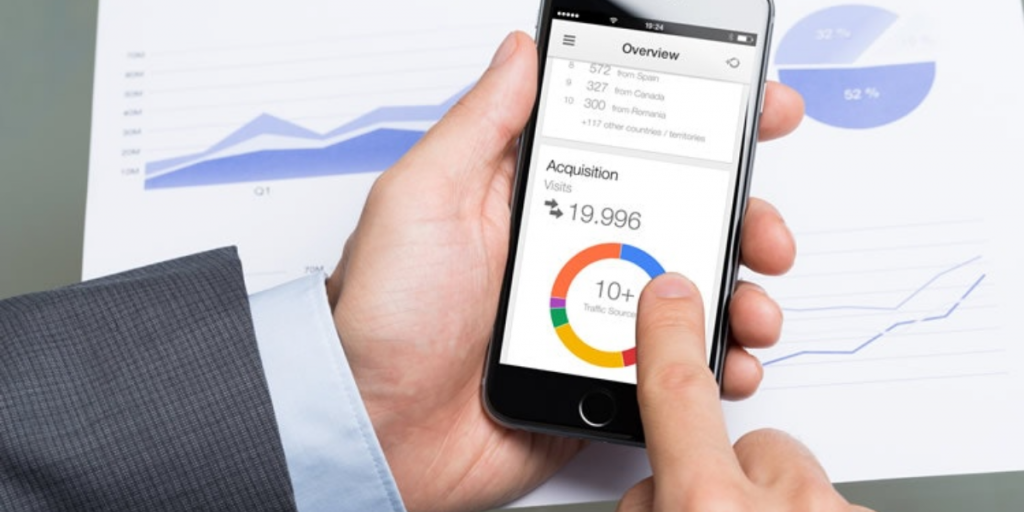
There is no point in designing an appealing dashboard that has automated data refreshes if nobody reacts to it. However, having a mobile dashboard that gives a refreshing view over every mobile device with rich user experience and customers can get to the dashboard anytime, anywhere.
Relying on a seamless mobile dashboard holds the potential to elevate business profitability by providing remote access to key organizational insights in an intuitive manner. This reason exclusively is enough for businesses to invest in this technology trend and build a unique position in the cutthroat digital world.
And when it comes to the organizational growth level, you simply can’t think to skip utilizing digital and online data visualization, no matter which industry or business segment you are dealing with. In today’s competitive age, investing in mobile-friendly digital solutions is no more a luxury, rather it has become a necessity to survive in the technological race and stay ahead (or at least amongst) the competitors.
Talking about the real-time benefits of a mobile app dashboard for businesses, here are the basic benefits a mobile dashboard has for all sort of business segments:
Real-time Data Accessibility
As of now, the traditional way to access data demanded the user to connect to a hard-wired network while limiting the data accessibility reach(i.e. limiting when and where data can be accessed). And when the dashboards become mobile, they can be easily accessed by mobile devices, and desired data can be acquired in real-time.
This directly widens the scope of data accessibility, which was impossible otherwise. For instance, a retailer can quickly check the stock availability and inform a user when will the product be available by using the dashboard that is simply accessible from his tablet or a smartphone.
More Accuracy in Decision-Making
As data will be offered in real-time and will be accessible anytime, anywhere, this will help people make better and rapid decisions. Rather than relying on hard-wired networks, mobile dashboards work upon advance broadband networks that allow streaming silos of data easily.
Improving the quality of decisions will actually lead to more productive results and speed up the production lifecycle of a business.
Enhanced Business Models
Major industry leaders invest in strategic planning to build better and innovative business models. For instance, if an enterprise sells restaurant POS systems, they can integrate mobile app portfolio into their business model so as to offer real-time information to the customers about their restaurant services and products.
Seamless Data Sharing
This technology trend is not only going to improve a customer’s experience, rather it has bought a sigh of relief for the business staff as well. Over a mobile dashboard, the employees can easily manage data, documents, and important files, and share it with other employees. And as the data can be shared remotely all over the globe, you can share data with your team and the target audience as well from any sort of mobile device.
A mobile dashboard enables people to study, analyze, and communicate business data in a more flexible manner while enabling industry leaders to make more informed and informative decisions that lead to organizational success.
Real-life Instances Where Mobile Dashboards Prove its True Potential
Whether it is the finance industry or healthcare sector, mobile dashboards have made a remarkable place in every business sector while gaining the spotlight in no time.
All the major business segments are implementing mobile dashboards to improve their business operations and grab the attention of their target audience. Let’s explore the major industries where mobile dashboards are skyrocketing.
Sales
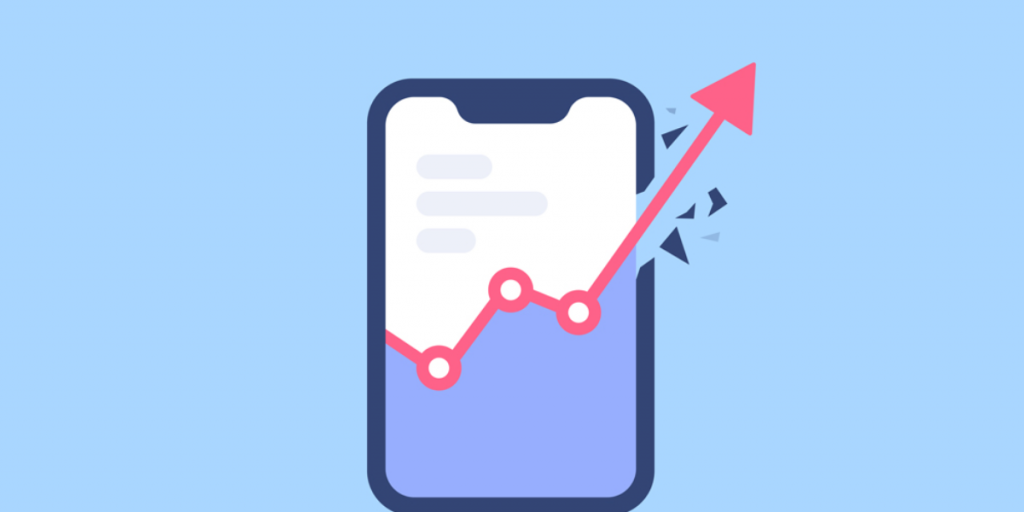
Mobile dashboards are a great help when we talk about salespeople because they usually work remotely. Via mobile dashboards, salespeople can keep track and manage data when they are outside the office and check who to contact. While traveling from one customer to another, you can access the dashboard through the mobile device to know which customers are interested in which all products and contact them accordingly.
Healthcare
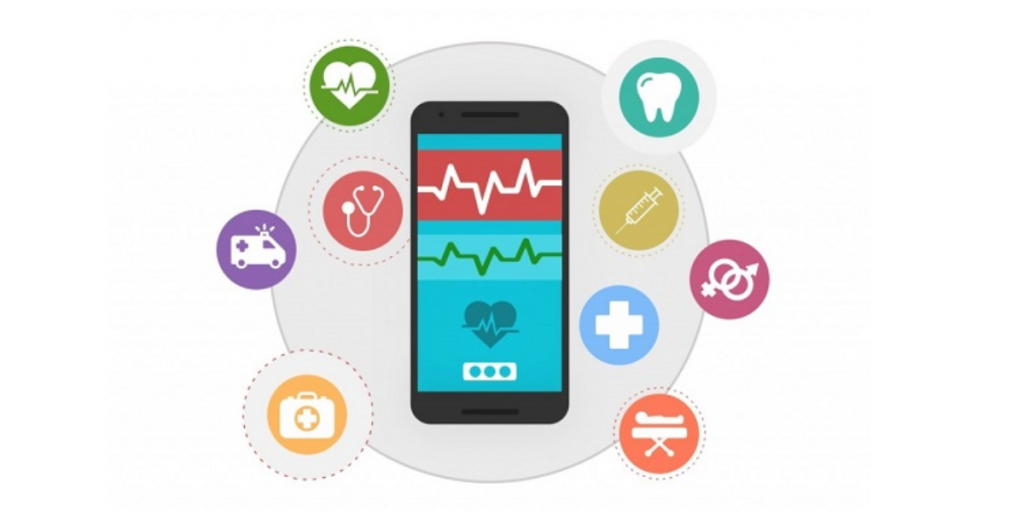
The healthcare staff requires real-time and quick access to patient information, reports, and other statistics to serve the patients in a better way. With the mobile dashboard, the healthcare staff can assist the patients by showing them personalized KPIs in real-time and provide suitable prescriptive recommendations based on the patient’s medical history.
Executives
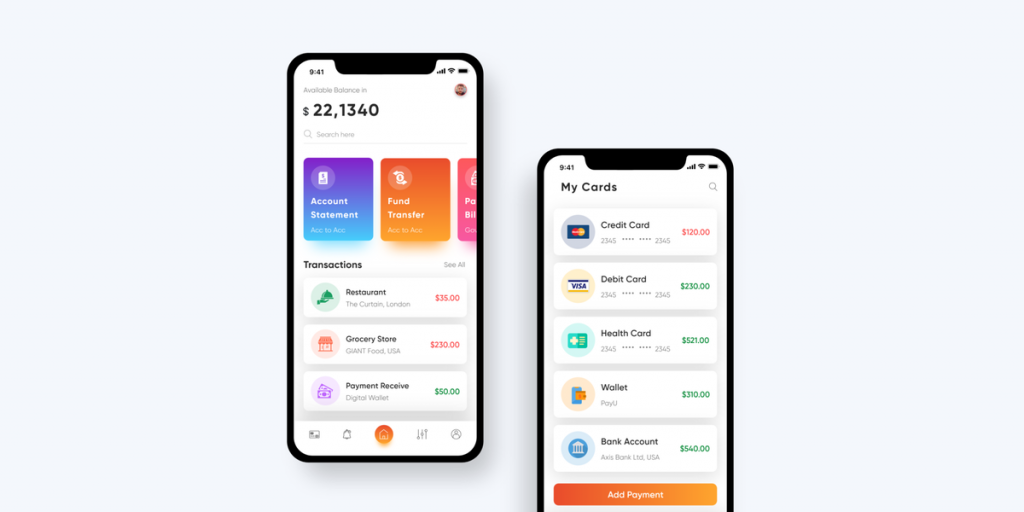
Business executives can keep a real-time check on the regular operations at any time, from any corner of the globe. This enables them to take accurate and fast decision making that results in business productivity. For instance, a bank executive can easily check current reserve requirements, recently opened accounts, interest rates, and other important information over the mobile dashboard.
Best Practices for a Mobile Dashboard Design
The arena of mobile dashboard development might seem a simple and interesting process, but believe me, it is a challenging task for the developers and designers.
To make this process a success and avoid the scope of any future failures, they must be aware of the basic practices that are a must under the mobile dashboard design lifecycle. Let’s have a look!
Responsive design: You must ensure that the dashboard you develop fits all screen sizes and looks perfect on the user’s screen. You must use an HTML-based responsive code that can be accessed in a web browser. This will help in presenting a great-fit of your dashboard over all devices- from tablets, smartphones, watch, TV screens, and so on.
Prioritize the Features: Dashboards come up with an idea to drill down and offer an in-depth view of important data, but creating multiple panels for a mobile user will not at all be a great idea. A mobile dashboard needs to feature brief data, key information, and trending KPIs on the landing page, people looking for secondary details can use drill-downs, or pagination can be done in that case. Moreover, you can only display limited tables and charts over the dashboard, so choose them wisely.
Consistency: You must maintain the same layout and user interface while designing the elements and reports of the real-time business dashboard. Because if you have varying looks on your mobile dashboard, it might confuse the customers, so you need to maintain consistency throughout.
Usage of filters: Having the right set of filters enables people to leverage better reports over the mobile dashboard. No doubt, filters help people to quickly access multiple data views, but you must have minimum filters on a mobile. It even further helps in improving customer experience.
Thorough Testing Across Multiple Devices: Once you have built the mobile dashboard, it’s important to test all the layouts, visuals, and all other functionalities in best data dashboards, whether they work over different devices or not. So, you need to ensure that the dashboard displays and works seamlessly over all sorts of smartphones, tablets, and mobile devices.
Make it Scannable: Users normally scan the mobile screen to find the exact data quickly, and if they are finding it difficult to find it, the mobile dashboard simply becomes useless in this case. You must emphasize on analyzing how scannable your dashboard is. Doing so will enable the users to find the relevant information quickly, take appropriate actions, and interact with their target audience.
How Mobile Dashboards Indicate Accurate Decision Making
Being a decision-maker of an enterprise, your prime focus is to analyze and fetch the information that is affecting your bottom line. And this is the point where real-time mobile dashboard prove their potential. Businesses can count on mobile dashboards to improve the most crucial operations of their organization and even monitor and keep a real-time track of unit-level functions, as well as enterprise-level operations.
Relying on an advanced custom mobile dashboard can directly assist businesses with an accurate decision-making process. A seamless mobile dashboard can perfectly consolidate information into actionable and statistical data like receiving sales growth stats, performance data, customer-related data.
I hope this post would have given you a clear idea of how mobile dashboards are becoming not only popular but a necessity of today’s digital world. No matter, what device your target audience is using, a mobile dashboard works perfectly over all kinds of devices and keeps you covered.
It’s time to embrace the potential of mobile dashboards and manage your business like a PRO!








 Artificial Intelligence
Artificial Intelligence
 Blockchain
Blockchain Cloud Computing
Cloud Computing Infrastructure
Services
Infrastructure
Services Metaverse
Metaverse QA
Automation
QA
Automation UI/UX
UI/UX








